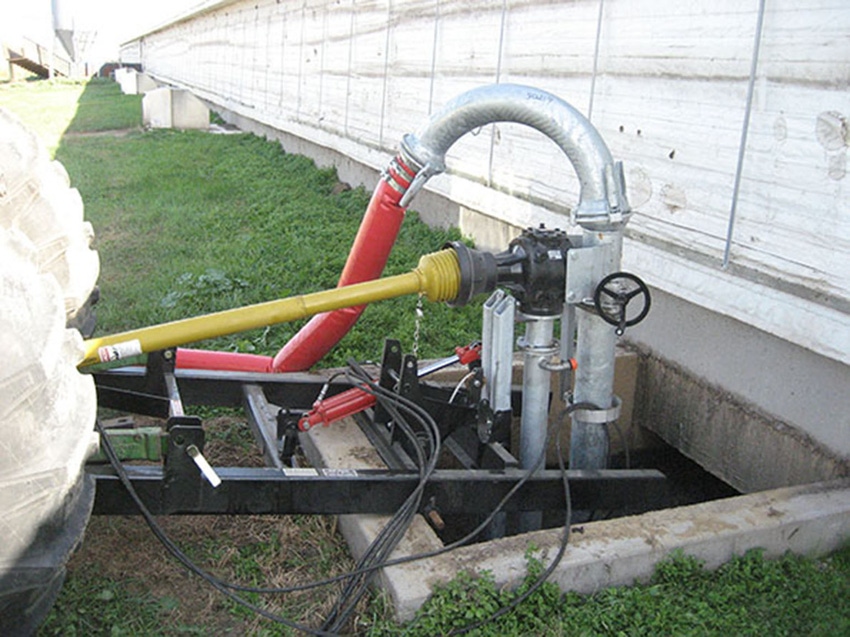Harvest of small grains, corn and soybeans signifies the start of land application of livestock manure. Producers are encouraged to consider the risks that the presence of hydrogen sulfide pose.
August 15, 2017

Source: Iowa State University Extension and Outreach
As small grains are being harvested, and the corn and soybean harvest will soon be consuming farmers’ time and energy, that means field application of livestock manure will soon follow.
Hog and cattle producers need to be reminded to pay special attention to the presence of hydrogen sulfide and the dangers this gas can pose. Increasing this awareness led Dan Andersen, assistant professor and agricultural engineering specialist with Iowa State University Extension and Outreach, to create a series of publications that provide information and resources to help farmers stay safe when working with manure.
“One breath of hydrogen sulfide at 500 parts per million is enough to render someone unconscious almost immediately,” Andersen says. “Once you realize the gas is a problem it’s usually too late. Hydrogen sulfide gas smells at 1-2 ppm, but levels above that knock out your ability to smell, so our natural detection system goes away.”
Information about the importance of monitoring for hydrogen sulfide and the types of monitors available for purchase is available in “Hydrogen Sulfide Safety — Monitoring.” Monitors are available from ISU Extension and Outreach agricultural engineering specialists who have several models for farmers to test.
“Personal protection meters are a low-cost investment, usually around $200, that will notify you if gas is present,” he says. “These instruments can be taken anywhere and are always monitoring the air.”
The second publication in the series, “Hydrogen Sulfide Safety — Manure Agitation,” discusses how to stay safe when agitating manure.
“Manure that is stagnant and sitting around has minimal loss of hydrogen sulfide,” Andersen says. “These levels of hydrogen sulfide are typically not hazardous. But when the manure is agitated and the crust is disrupted, hydrogen sulfide levels can elevate quickly.”
The final two publications in the series focus on barn ventilation for both cattle and swine facilities. “Hydrogen Sulfide Safety — Barn Ventilation at Cattle Facilities” and “Hydrogen Sulfide Safety — Swine Barn Ventilation” discuss how to set up a ventilation strategy when working with manure.
“The most important thing to do is to try to maximize airflow,” Andersen says. “When agitating there should be at least a 10-mile-per-hour breeze and fans can be set up to bring in additional air.”
Proper positioning can also help minimize risks of exposure to gas. “Think about where you are setting up,” he says. “Don’t stand downwind from the barn if at all possible.”
You May Also Like



